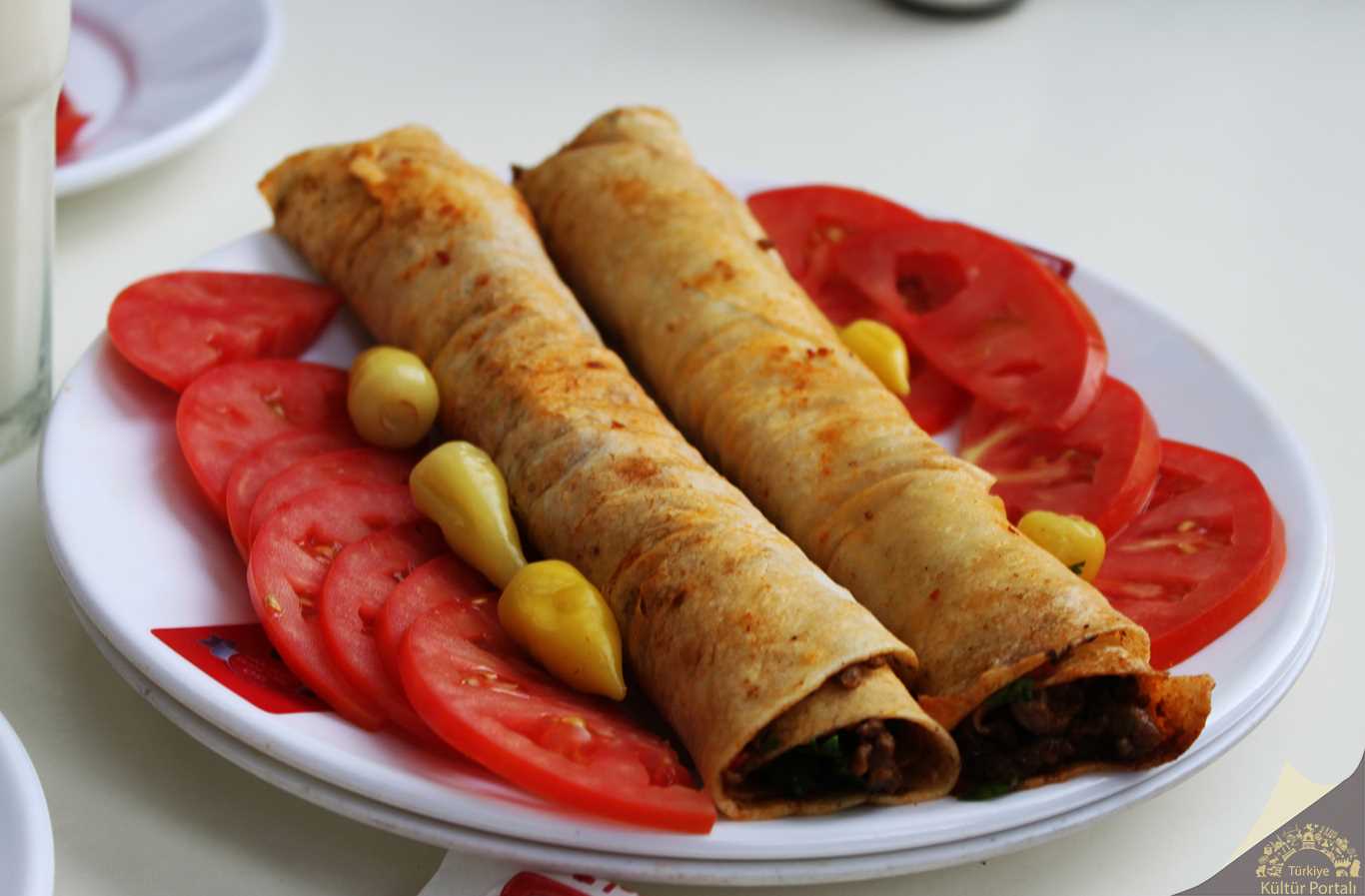"Mersin Tantuni" is a traditional dish made with beef and served with lavash or sandwich bread, specific to the city of Mersin, located in southern Türkiye. Known for its quick preparation and satisfying nature, this dish is one of the most well-known representatives of Mersin cuisine.
Origin and Cultural Significance
The origins of this dish are closely tied to Mersin’s cosmopolitan structure and its street food culture. It became popular, especially in the mid-20th century, as a practical and economical meal among dock workers and students. Over time, it has become not just a dish but also a part of daily life for the people of Mersin and a symbol of the city's culture.
Preparation
Lean, fibrous parts of beef are generally preferred in its preparation. The meat is finely chopped, boiled, and then sautéed in cottonseed oil or olive oil on a convex griddle. This process ensures that the meat remains both tender and aromatic. Lavash bread is pressed onto the griddle to absorb the oil, then wrapped with the meat, onion, tomato, parsley, and various spices. Optionally, sumac, red pepper flakes, and lemon may also be added.
Serving Style
It is served hot, usually accompanied by ayran (a yogurt-based drink) or turnip juice. Pickles or peppers may also be served on the side. It is served quickly both on the street and in restaurants, appealing to people from all age groups and social backgrounds.

Mersin Tantuni - Kültür Portalı
Geographical Indication and Registration
"Mersin Tantunisi" has been registered as a geographically indicated product by the Turkish Patent and Trademark Office. This registration guarantees that the dish is prepared using a specific production method and authentic ingredients, contributing to the preservation of cultural heritage.
Today, this dish has become popular far beyond Mersin. Restaurants serving it have opened in different cities of Türkiye and even abroad, often incorporating modern touches into the traditional recipe. However, the version consumed in Mersin maintains its authenticity and simplicity.

